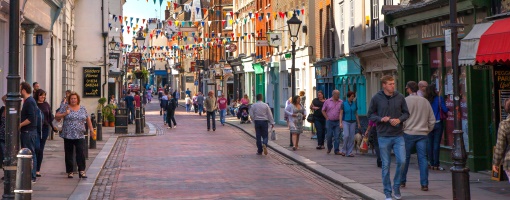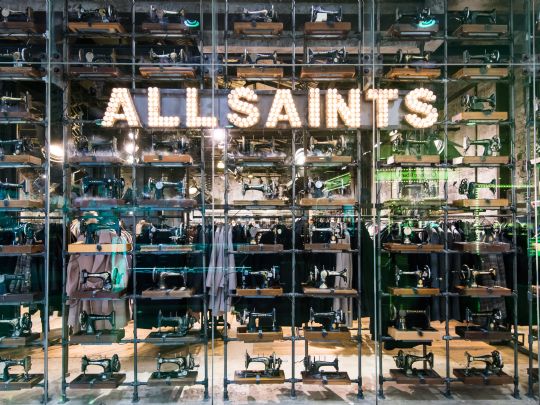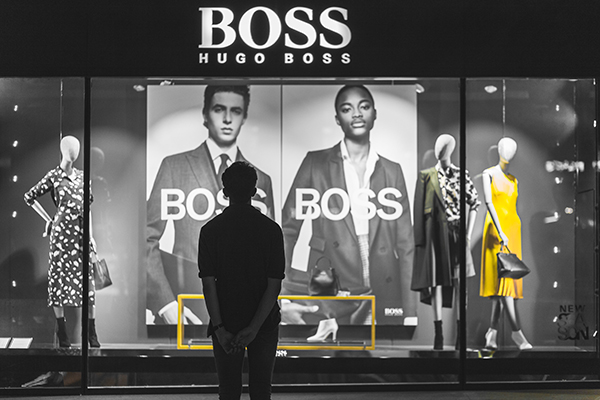IT spend is a continually recurring theme for retailers and of particular importance right now as the industry battles against the credit crunch.
Will Hadfield takes a look at what the immediate future holds.
Why would any retailer allocate capital to IT projects during a recession of unknown severity and duration? Retailers large and small have cut their capital spending since the collapse of US investment bank Lehman Brothers in September 2008 turned the credit crunch into a catastrophic slump in economic activity, including consumer spending. Cutting capital spending on IT proved too tempting a target for many retailers\\' finance departments. Major projects and pilot programmes alike were cancelled as retailers sought ways of cutting costs.
However, most business processes in modern retail rely on technology, so doing nothing is hardly an option. Despite the downturn, one part of retail IT spending is holding up well, and looks like it will continue to do so. Projects costing between £100,000 and £500,000 are continuing to be signed off by medium-sized as well as major retailers. Retailers favour these projects because they can usually be completed within a year, the risk of something going badly wrong is low, and the ROI is relatively straightforward to understand. Mark Croxton, the UK managing director at Aldata, a merchandising systems supplier, says: "We are not seeing any impact at all on that size of project in the market.
The multi-million pound projects, however, are very badly impacted by the recession."
Most retailers face as much competition as ever, despite the collapse of companies such as Woolworths and MFI. Projects that finished late last year have helped retailers during the difficult first nine months of 2009. Thorntons has cut the amount of the money it loses through reduced-to-clear discounts by 45 per cent thanks to an IT project to improve how it manages inventory at both stores and warehouses. The chocolate maker used Aldata Gold to revamp its ordering processes. The system also cut the length of time its shopworkers spent carrying out administration rather than selling sweets to customers.
Although some economists now claim that the recession is over, there is little prospect of a return to a credit card fuelled boom in consumer spending enabling IT departments to win approval for their dream projects. Most retailers will remain focused on keeping costs to a minimum. They will look to IT to provide incremental improvements to revenues by taking cost out of the business. IT departments have two ways of cutting costs: by reducing inventory and by freeing up labour.
Retailers need IT to make their inventory processes more efficient because many of them have adopted store-specific ranges in their efforts to chase sales. "On the inventory side, people are looking much more at the store and the warehouse. Rather than very large enterprise resource planning projects, we are seeing smaller projects focusing on store replenishment," says Croxton. Companies, such as Tesco, are able to stock stores with Polish foods in areas where there are many immigrants from Poland. Such store-specific ranging increases sales, but adds to the complexity of inventory processes. "There are big challenges at the merchandising level. If you are not careful, you can create more work for your merchandising people at head office," Croxton says.
Inventory - or replenishment - applications sit at the heart of any modern retailer\\'s IT architecture. PoS systems tell the replenishment applications what they need to order. Replenishment applications tell the retailer\\'s logistics systems what is required. Patterns of replenishment are tracked in market data. The information also flows into the retailer\\'s central merchandising system which watches the speed at which different items sell to determine how much space they should get in stores. Replenishment applications also provide the information that prompts retailers to ask for more stock from their suppliers. At most retailers, replenishment applications populate electronic data interchange systems that send messages to suppliers.
Despite the difficulty securing budgets for projects, some retailers are pioneering new types of technology. American Apparel, for example, is three months into a project to attach RFID tags to clothes at all 260 of its stores around the world. The company, which specialises in young fashion, believes that the RFID project will save it money by reducing the amount of stock that goes missing and by shortening the man hours spent on physical inventory checks. As a typical American Apparel store has about 38,000 stock-keeping units (12,000 on the shopfloor and 26,000 in storage), the opportunity to save money by reducing complexity is considerable. The fashion retailer has set itself a deadline of the end of next year. Marks and Spencer, which has its own longer-running RFID project, has been less willing to set out the benefits to its bottomline of using the technology.
Retailers are also looking to technology to reduce the number of man hours that their employees need to spend doing anything other than selling. "We are seeing more automation at the centre to help them manage the proliferation of different store ranges. Ranges are becoming more store-specific thanks to automation.
It\\'s impossible to do it manually; it\\'s just too much work to cope with," Croxton says. Ranging has become more important as retailers, especially \\'fast fashion\\' retailers such as American Apparel and Primark, cut the lifespan of their products. In fashion retailing, the average lifespan of a product is now just three weeks. If the IT project is successful, the retailer can use the smaller number of man hours required to increase selling time. Or they could just make some people redundant.
E-commerce
Almost every retailer in the country is keen to spend money developing e-commerce, notes Martin Newman, an independent consultant. "If there are five IT projects going on at the moment, e-commerce will be the last one to get scrapped. The recession has made retailers focus on what really benefits their business - the answer is e-commerce," he says. The experience of US retailer Macy\\'s explains why otherwise conservative finance departments are so willing to spend money on their websites, the replenishment systems for those websites and all the interfaces with the rest of their applications. In September, the department store chain claimed that every $1 spent on its website generated $5 of sales in its stores.
The mobile channel, meanwhile, is set to have a major impact on the way consumers shop and retailers will need to respond effectively if they want to differentiate themselves from their competitors. That\\'s the view of Andrew Walker, CEO at Portaltech, an e-commerce consulting and development specialist.
"Smart phones like the iPhone are opening the way to a new way of shopping, offering a fourth channel for multi-channel retailers. Consumers can now touch and feel products on the shopfloor, use their iPhone to scan the barcode of their desired products and retrieve additional product-related data, before by-passing queues at the checkout to complete their purchase at their leisure, arranging to collect items at a more convenient retail outlet or have them delivered to their home," he says, adding that: "Free to create and manage their product selections in wish lists - birthday lists, Christmas lists, wedding lists - shoppers will be able to create virtual baskets stored in the shopping application on their iPhone. Or review and refine their lists at their leisure, or elect to do further research on a product on-the-fly."
M-commerce has, of course, been threatening to breakthrough for some time. But little of any real consequence has happened thus far. The key to making it work will be the delivery of concise mobile versions of the retail website to shoppers on the move, strengthening the brand experience right at the PoS. The ability to provide information on colour and size options, \\'get the look\\' recommendations, personalised \\'other things you might like to take a look at\\' or highlighting suitable accessories and \\'nice to haves\\' that relate to a specific choice will make the mobile phone an invaluable tool in the multi-channel retailing arsenal.
"It will enable retailers to generate location-related brand-pull to get even closer to their customers. Whether it be alerting consumers about a special offer on one of the items held in their wish-list, delivering e-vouchers or undertaking co-branded promotions," Walker says.
"A new generation of sophisticated merchandising models that put the customer right at the centre of every channel is made possible thanks to the rise of the smart phone, opening the door to a new range of enhanced services - including self-checkout - that evoke brand value at every touchpoint and establish real differentiation," he concludes.
Latest News
-
Deichmann rolls out new order fulfilment platform
-
River Island makes further headway on omnichannel transformation with Shopify migration
-
Southern Co-op partners with Deliveroo across 139 stores
-
Contactless card limit flexibility to be introduced in March 2026
-
Tesco strikes AI partnership with Mistral AI to deepen personalisation and speed analysis
-
Dutch supermarket Plus rolls out electronic shelf labels across 265 stores
Beyond Channels: Redefining retail with Unified Commerce
This Retail Systems fireside chat with Nikki Baird, Vice President, Strategy & Product at Aptos will explore how unified commerce strategies enable retailers to tear down these barriers and unlock new levels of operational agility and customer satisfaction.
The future of self-checkout: Building a system that works for consumers and retailers
In this webinar, industry leaders discussed what the future of self-checkout looks like and how retailers can make the technology work for everyone.
© 2024 Perspective Publishing Privacy & Cookies










Recent Stories